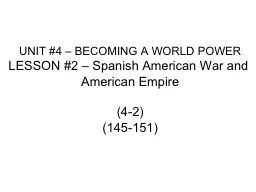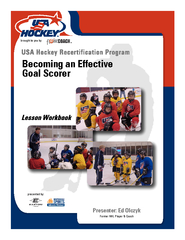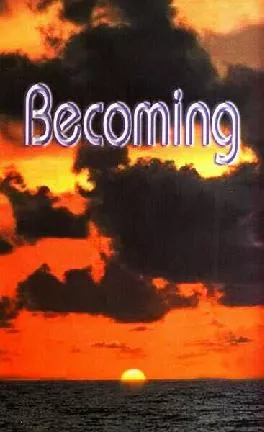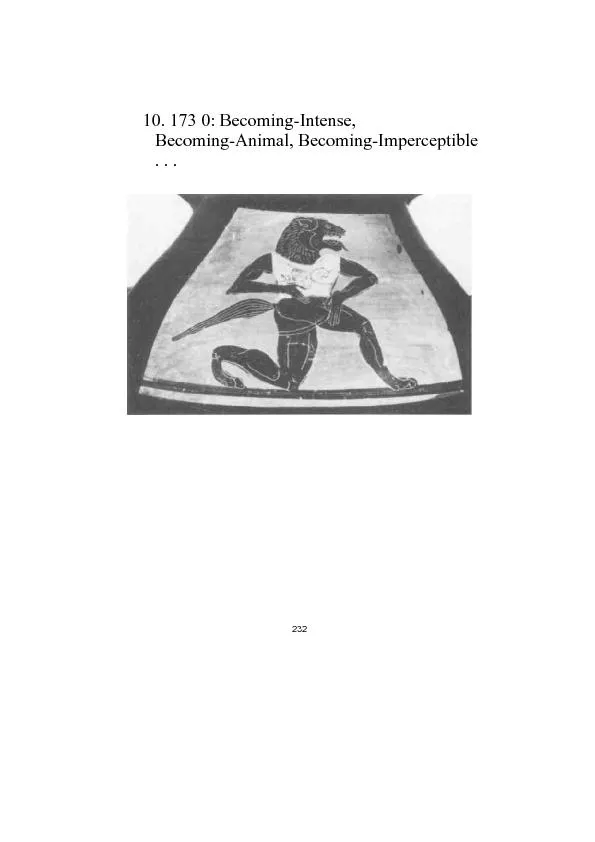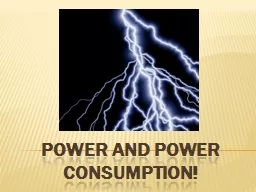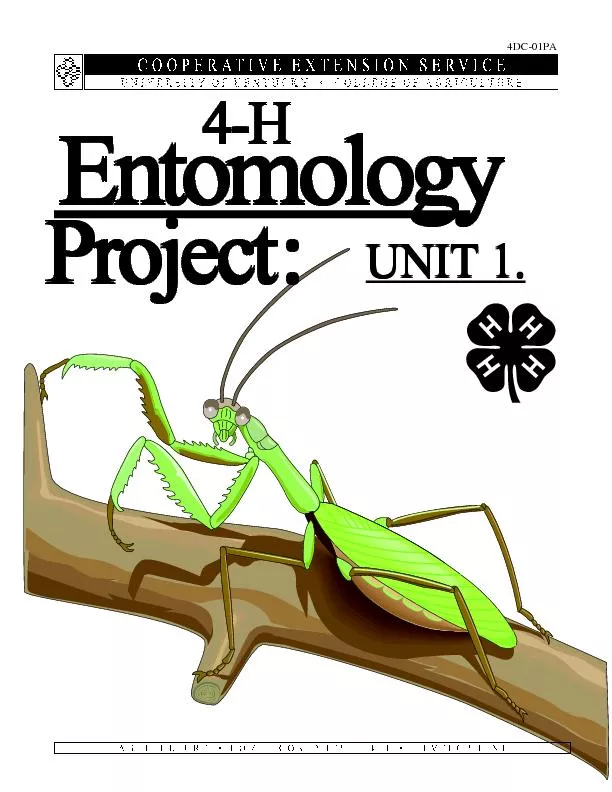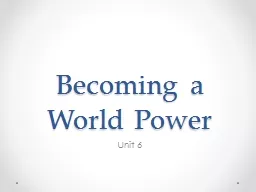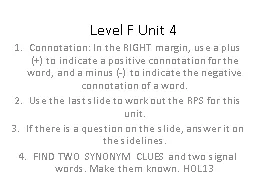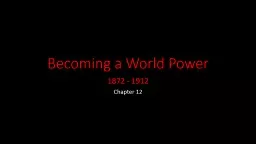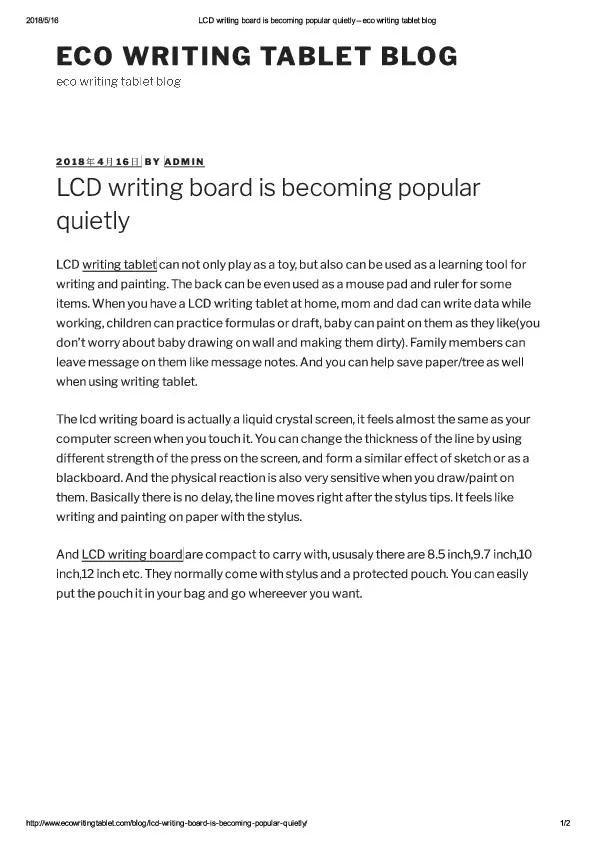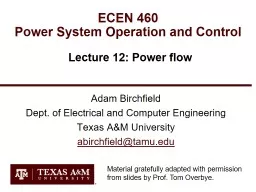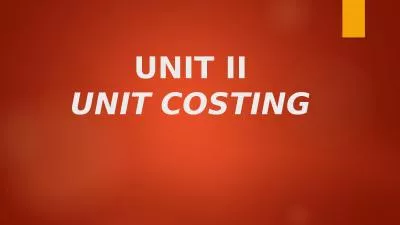PPT-UNIT #4 – BECOMING A WORLD POWER
Author : cheryl-pisano | Published Date : 2018-11-07
LESSON 2 Spanish American War and American Empire 42 145151 LESSON 1 Spanish American War amp Amer Empire 1118 VOCABULARY Yellow journalism 147 Cuban autonomy
Presentation Embed Code
Download Presentation
Download Presentation The PPT/PDF document "UNIT #4 – BECOMING A WORLD POWER" is the property of its rightful owner. Permission is granted to download and print the materials on this website for personal, non-commercial use only, and to display it on your personal computer provided you do not modify the materials and that you retain all copyright notices contained in the materials. By downloading content from our website, you accept the terms of this agreement.
UNIT #4 – BECOMING A WORLD POWER: Transcript
Download Rules Of Document
"UNIT #4 – BECOMING A WORLD POWER"The content belongs to its owner. You may download and print it for personal use, without modification, and keep all copyright notices. By downloading, you agree to these terms.
Related Documents

